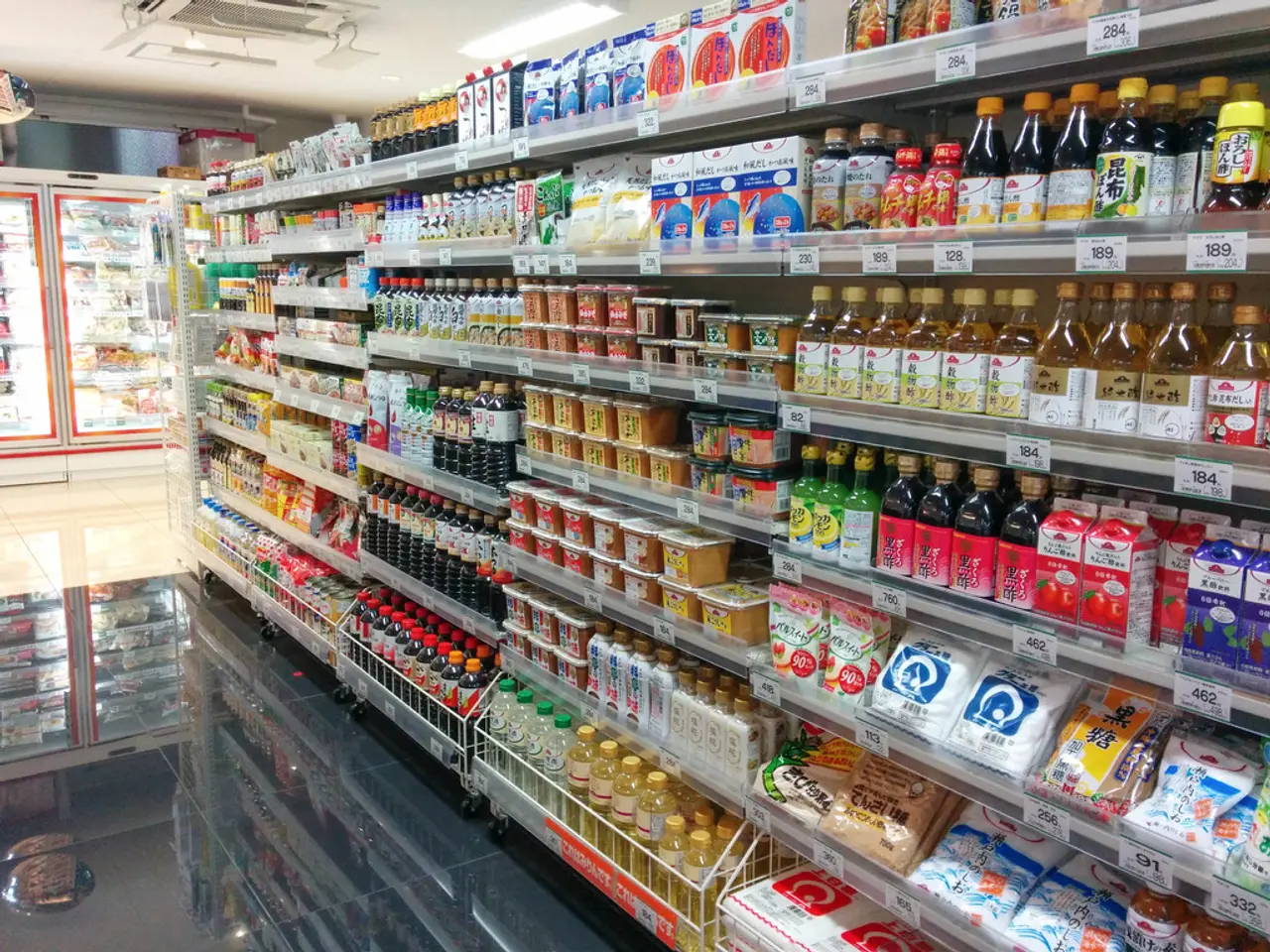Product Maturation: Definition, Key Features, and Potential Alternatives
In the final stage of a product's life cycle before entering the decline, businesses often find themselves in the mature stage. To prolong this stage and maintain profitability, companies employ various extension strategies designed to boost sales and delay the inevitable decline. These strategies can be broadly categorised into product-related and promotion-related extension strategies, with some additional approaches that further extend a product's maturity.
Product-Related Extension Strategies
These strategies involve modifying or improving the product itself to increase its appeal or use. This might include: - Line extensions: Introducing new formulations, sizes, flavours, or variations to attract different customer segments or refresh interest. - Product improvements: Upgrading features, quality, or performance to meet evolving customer needs. - New uses: Promoting alternative uses or applications of the product to broaden its market. - Packaging changes: Redesigning packaging to make the product more attractive or convenient. - Rebranding: Refreshing the brand image to appeal to new audiences or trends.
Promotion-Related Extension Strategies
These focus on marketing and promotional efforts to stimulate demand. This might involve: - Intensive advertising campaigns: Renewed and targeted advertising to raise awareness and interest. - Sales promotions: Discounts, special offers, loyalty programs to encourage purchases. - Exploring new markets: Expanding distribution to new geographic areas or demographic segments. - Improved distribution: Increasing availability through different channels or retailers. - Repositioning: Changing the product’s market positioning or target audience to revive interest.
Additional Approaches
- Patent and lifecycle management (especially in pharmaceutical products) such as securing patents for new formulations or manufacturing processes can protect market share and extend product exclusivity, indirectly prolonging maturity. - Monitoring market and product life cycles closely to anticipate declines and implement timely interventions is critical for success.
By implementing these extension strategies simultaneously, businesses can enhance their product's sustainability and relevance in a competitive market during its mature stage. Enhancing product features, promotion, branding, and securing intensive distribution are methods for product differentiation, a strategy used to create strong consumer loyalty and attract competitor's customers.
In the mature stage, competition for market share and customers intensifies, and companies aim to seize market share from competitors to boost sales and profits. Despite the market approaching saturation, lowering prices and increasing promotions can encourage more repeat purchases and attract new audiences. However, some products are unable to compete and leave the market during the mature stage, leaving a fewer number of winners.
These winners, often named "cash cows" in the BCG Matrix, generate substantial profits due to lower costs from better economies of scale and experience curve effects. However, intense competition may persist even with a reduced number of companies, depending on survivability. In some cases, dominant firms may engage in tacit collusion to survive and operate profitably in the mature stage.
In conclusion, prolonging the mature stage of a product's life cycle requires a strategic approach that combines product improvements, promotional efforts, and market expansion. By staying vigilant and adaptable, businesses can extend their product's maturity, maintain profitability, and prepare for the next stage of the product life cycle.
- In the pursuit of prolonging a product's maturity, businesses can employ product-related extension strategies, such as line extensions, product improvements, or rebranding, which modify or enhance the product itself to maintain its appeal and competitive edge.
- To boost sales and delay the decline in the mature stage, companies may also implement promotion-related extension strategies, including intensified advertising campaigns, sales promotions, or exploring new markets to stimulate demand and secure a larger market share.




